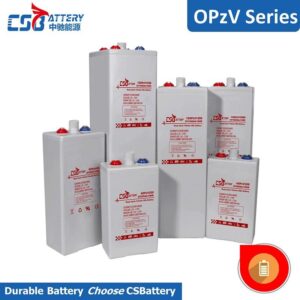As you compare your solar energy options, you may hear your solar installer discuss wiring your solar panels in series or in parallel. How you wire your panels can impact the performance of your system, but the question is, which option is best for your home? And how much does it really matter?
COMPARING SOLAR PANELS WIRED IN SERIES VS. PARALLEL
The capacity of a solar panel to produce energy is measured in watts (W), which is calculated by multiplying a solar panel’s voltage by the amps of current it produces. When a solar installer builds your solar energy system, they need to find the right balance of voltage and amps to make sure that the system performs safely and well.
Depending on the equipment you install and the size of the system, your solar installer may decide to wire your solar panels in series, in parallel, or maybe a combination of the two. Here are the fundamental differences between wiring solar panels in series vs. in parallel:

Wiring solar panels in series
When a solar installer wires your solar panels in a series, each panel is connected to the next in a “string.” In practice, this means that the wire running from each panel’s negative terminal is connected to the next panel’s positive terminal, all the way down the line. In a solar panel system wired in series, the total voltage of each solar panel is summed together, but the amps of electrical current stay the same. When you wire in series, there is a single wire leading from the roof for each string of solar panels.
Wiring solar panel systems in series offers both benefits and drawbacks. On the benefits side, wiring in series simplifies installation and lowers the cost of it, as there are fewer wires overall linking your system components. However, one important drawback with wiring in series is that when one panel is underproducing (such as from shade), the current of the overall string of panels is reduced due to the lowest-performing panel.
Most home solar installations use series wiring. For larger installations, you may have a few different “strings” of panels that are each their own series setup. Importantly, this all is irrelevant if you decide to use microinverters with you solar panels – a microinverter brings the function of a solar inverter to an individual panel, so there’s no need to wire panels together first for the purpose of aggregating the voltage before sending to a centralized inverter.
Wiring solar panels in parallel
In a parallel system, each solar panel’s positive terminal is connected to the next panel’s positive terminal, and negative terminals are also connected to one another. When an installer wires your solar panels in parallel, each panel’s wires are connected to a centralized wire leading from the roof. The amps of electrical current for each solar panel are summed together, but the system voltage stays the same.
Wiring your solar panels in parallel results in more wires running from your solar panel system, but often can increase overall energy production because the system isn’t limited by any individual panel.





